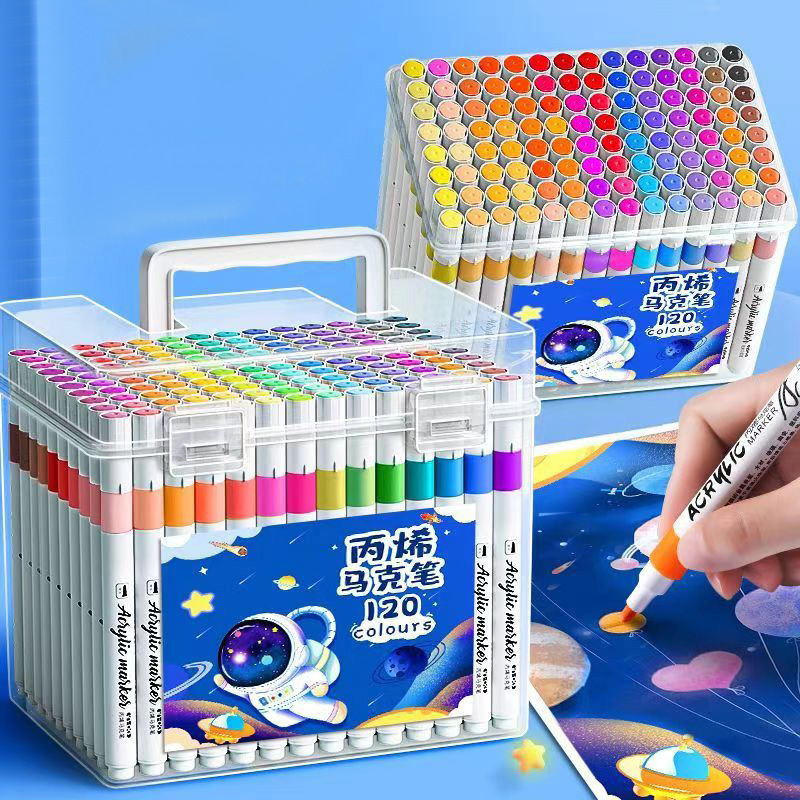Once considered primarily a tool for artists and illustrators, multicolor marker pens have grown into a multi-functional staple across offices, classrooms, and homes. Their vibrant hues, flexible tip options, and reliable ink performance have transformed them into tools that go well beyond the art studio. As organizations and individuals increasingly prioritize clarity, creativity, and efficiency in communication, multicolor markers have found renewed purpose in a wide variety of daily activities.
With continued innovation in design, ink technology, and sustainability, multicolor marker pens are now seen not only as practical instruments but also as mediums for personalization and productivity in an ever-evolving hybrid world.
A Colorful Asset in Professional Environments
In modern workplaces—whether corporate offices, co-working spaces, or field-based operations—multicolor markers are critical for visual communication. They are widely used for brainstorming sessions, project planning, color-coded scheduling, and whiteboard discussions. Managers and team leads use different colors to distinguish tasks, priorities, and team responsibilities, making information easier to process and recall.
Flipcharts, calendars, and Kanban boards all benefit from multicolor schemes that help convey structure at a glance. Markers are also frequently used for labeling storage, creating temporary signage, and even annotating packaging or shipping containers.
With the rise of agile work models and remote collaboration, physical tools that enhance in-person interaction—like multicolor marker pens—have gained renewed value. They provide a low-tech but high-impact method of organizing thoughts and facilitating team dialogue during in-person strategy sessions or workshops.

Integral to Modern Education Practices
Education remains one of the strongest markets for multicolor marker pens. Teachers rely on them to engage students, present information visually, and reinforce learning through color association. Whether writing on traditional whiteboards or glass boards, instructors use color-coded diagrams and notes to differentiate subjects, highlight important concepts, and spark student interest.
Students, too, benefit from the versatility of multicolor markers. Color-coding notes, annotating textbooks, and creating study flashcards are common strategies that improve retention and comprehension. Studies in educational psychology suggest that visual learning using color enhances memory formation, making multicolor markers a useful cognitive tool in the learning process.
School districts and universities are increasingly purchasing multicolor marker sets in bulk, especially those with refillable or low-odor options designed for long-term, shared use in classrooms.
Creative Use Extends Beyond Art
While marker pens remain a top choice for artists, their application is expanding into lifestyle, hobby, and wellness trends. From bullet journaling and habit tracking to scrapbooking and hand lettering, multicolor markers are helping users express themselves creatively and stay organized at the same time.
Stationery enthusiasts have embraced dual-tip markers, pastel palettes, and brush-style options for crafting, personalized card making, and even mindfulness exercises like mandala coloring. This crossover between creativity and well-being has fueled demand for high-quality, artist-grade marker pens in everyday retail.
Social media has also played a significant role in the revival of interest in analog tools, with platforms like TikTok and Instagram filled with videos showcasing study tips, journal layouts, and DIY projects using multicolor markers. These platforms act as both inspiration and marketing, encouraging users to see markers as a lifestyle accessory, not just a utility.
Innovation in Ink and Design
Today’s multicolor markers benefit from ongoing advancements in ink quality and pen design. Water-based inks offer vibrant saturation without the heavy odor of alcohol-based markers, making them safer for indoor and educational use. Non-toxic formulations are now the norm, especially for products marketed to children and schools.
Dual-tip markers (with a fine and a broad end) provide flexibility, while ergonomic barrel shapes and cushioned grips improve comfort during long periods of use. Some models now feature see-through nibs for more precise highlighting, or retractable designs that eliminate the need for caps entirely.
There is also an increased focus on ink flow control, ensuring that markers do not dry out too quickly or leak through paper. This makes them suitable for use on a variety of surfaces, including sticky notes, cardboard, laminated sheets, and even fabric tags.